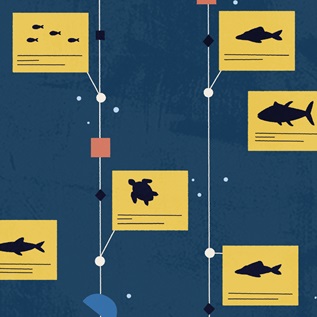United Nations Lays Groundwork to Protect Two-Thirds of Ocean
Delegates edge closer to finalizing treaty to safeguard biodiversity in international waters
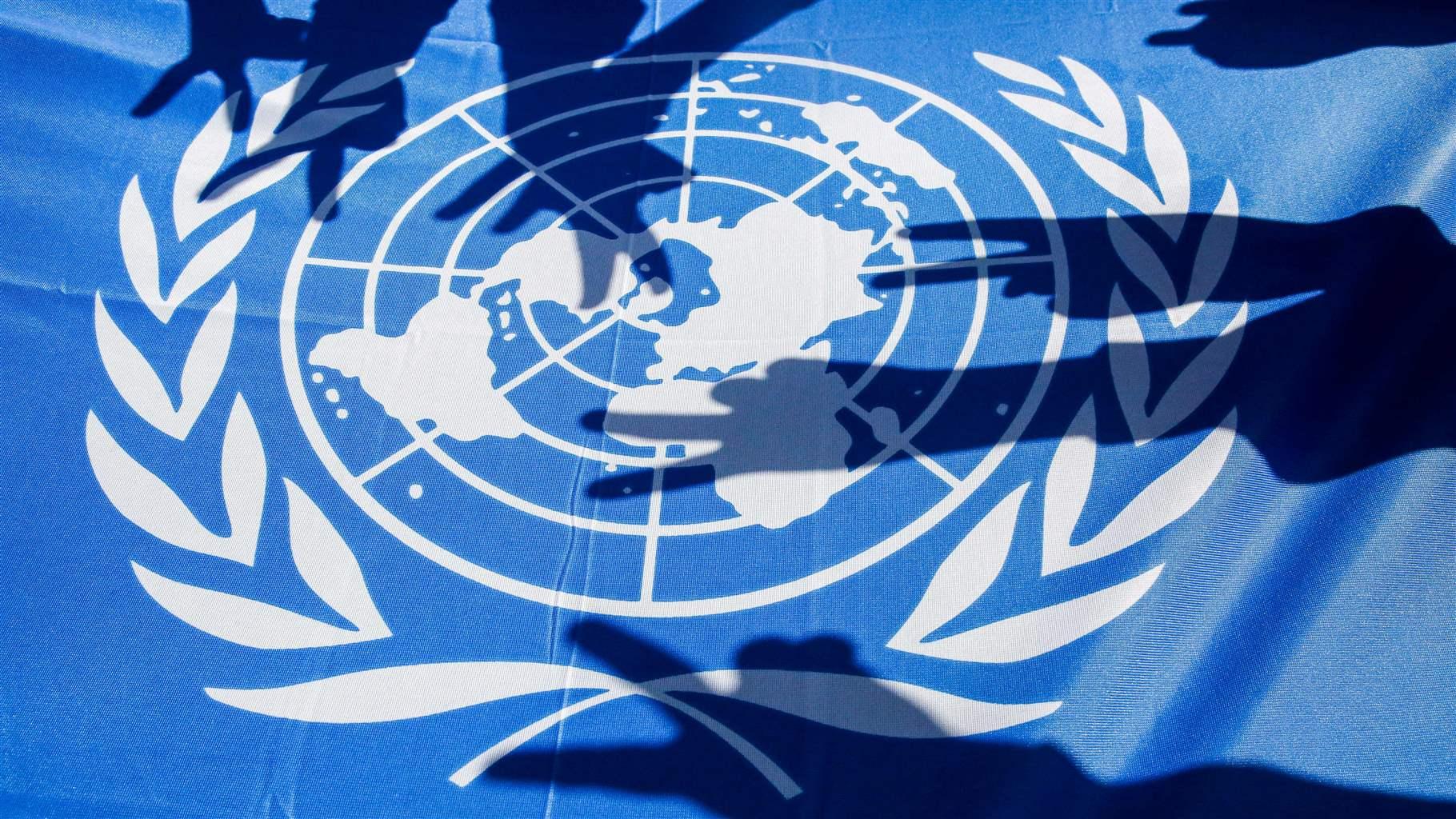
Editor’s note: The content on this page was published before June 2023, when the United Nations adopted a legally binding treaty on the conservation and sustainable use of marine biodiversity in areas beyond national jurisdiction, sometimes referred to as the high seas treaty.
The high seas, the vast area of the ocean more than 320 kilometres (200 miles) from any shore and beyond the jurisdiction of any country, are teeming with life and support diverse ecosystems that are critical to life on Earth. However, only about 1% of these waters are protected. In fact, the high seas are governed by a patchwork of international bodies that is failing to protect this vast and ecologically vital wilderness.
To address these governance gaps, the United Nations is negotiating a treaty focused on the conservation and sustainable use of marine biological diversity in the high seas. After a long pause in negotiations due to the COVID-19 pandemic, in March delegates met for the fourth time at the United Nations headquarters in New York City to resume talks on the legally binding treaty.
Despite slow negotiations, progress is encouraging
Delegates made significant progress at the March meeting, which featured thoughtful joint proposals and earnest negotiations, both of which had been lacking in previous rounds. This resulted in revisions to the text that pave the way for a final agreement at their next meeting, the fifth session of the Intergovernmental Conference (IGC5), scheduled for 15–26 August. The new text includes requirements for:
- Area-based management tools and marine protected areas (MPAs): There was vocal and broad support for the Biodiversity Beyond National Jurisdiction (BBNJ) agreement, also known as the Treaty of the High Seas, to establish a network of highly protected and well-managed MPAs to ensure that the ocean continues to provide the benefits and resources upon which so many people depend. The ocean protections are focused on resilience to climate change, maintenance of ecosystem functions, and conservation of marine life and healthy fish stocks. A handful of countries wanted to exclude a commercial fishing ban from the agreement, reflecting ongoing pressure from the fisheries sector to weaken protections. At the next round of negotiations, delegates must agree on how the new treaty body will interact with other regional organizations already managing specific activities on the high seas, such as the International Seabed Authority and regional fisheries management organizations.
- Environmental impact assessments: Delegates reached consensus that all nations and companies involved must conduct environmental impact assessments before starting potentially environmentally harmful activities on the high seas, such as seabed mining, oil and gas exploration, or deep-sea bottom trawling. Delegates also generally agreed on how States should modernize standards and processes to conduct these assessments. To finalize the treaty, countries must decide on the role of international scientific review of environmental impact assessments, as well as how to ensure that countries can work collaboratively and competently to prevent human activities that could harm high seas marine life.
- Capacity building and the transfer of marine technology: States generally recognized that developing countries will need additional resources, competencies and expertise—such as access to the latest scientific data and better equipment to monitor and patrol MPAs—to successfully deliver on the treaty’s objectives. To conclude negotiations, delegates must first clarify the types of support—financial, technological or scientific, for example—necessary for less-developed nations to ensure effective high seas conservation. Doing so not only benefits the countries receiving that support but also bolsters the global community’s efforts to fulfill international commitments and achieve global ocean conservation goals, including the U.N. Sustainable Development Goals and protecting at least 30% of the ocean by 2030.
- Marine genetic resources: Unlike in previous rounds of negotiations, delegates at IGC4 made progress on how nations, the private sector and others would share the benefits derived from the exploitation of marine genetic resources—namely material from ocean plants, animals and other organisms that may be commercially or scientifically valuable. Delegates still need to reach an agreement on how to accomplish that equitably, on the types of benefits to be shared—monetary or non-monetary—and on whether policies will be voluntary or mandatory. Ensuring that the benefits are fairly distributed would help accelerate scientific understanding and allow all nations to respond sooner and more effectively to the threats facing our ocean and planet.
This August, when the final round of negotiations takes place at the U.N. headquarters in New York, delegates must build on this encouraging foundation and agree to an ambitious high seas treaty that will guide the effective conservation and sustainable use of shared ocean resources, ensuring that potential benefits are shared equitably for future generations.
Liz Karan leads The Pew Charitable Trusts’ protecting ocean life on the high seas project.
This video is hosted by YouTube. In order to view it, you must consent to the use of “Marketing Cookies” by updating your preferences in the Cookie Settings link below. View on YouTube
This video is hosted by YouTube. In order to view it, you must consent to the use of “Marketing Cookies” by updating your preferences in the Cookie Settings link below. View on YouTube
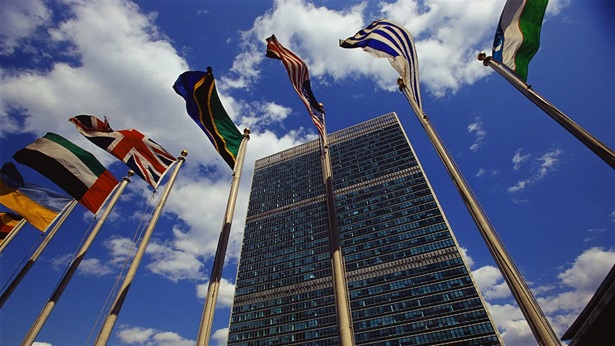
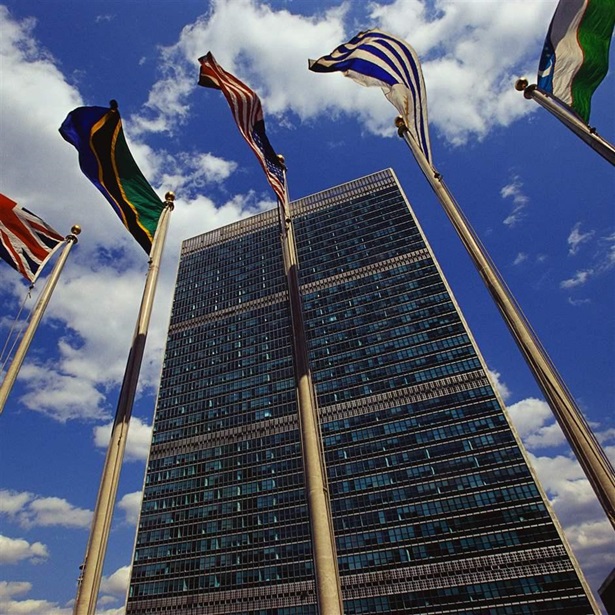
Global Voices Seek to Protect Life in International Waters
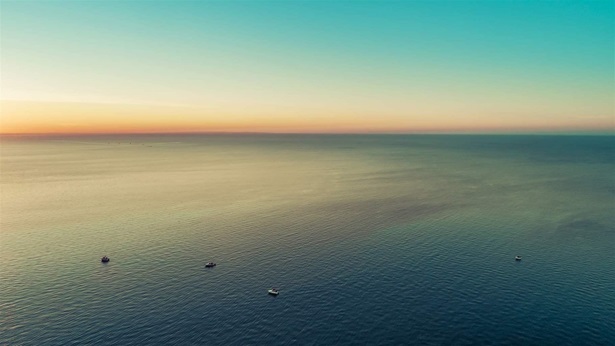
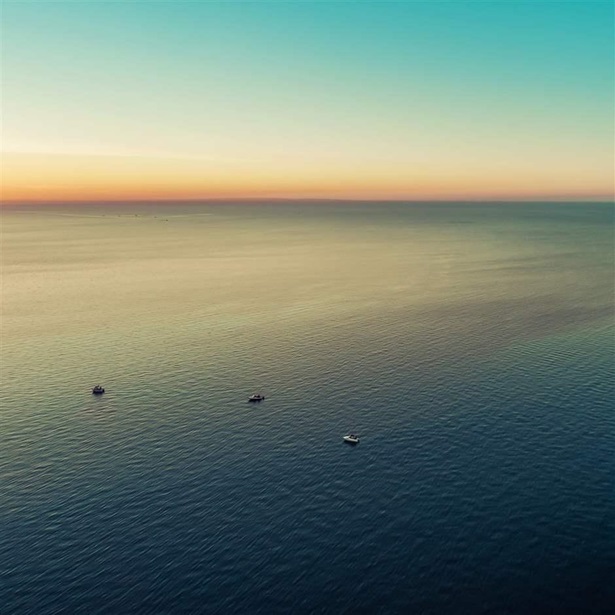
Urging the U.N. to Protect High Seas by Early 2022
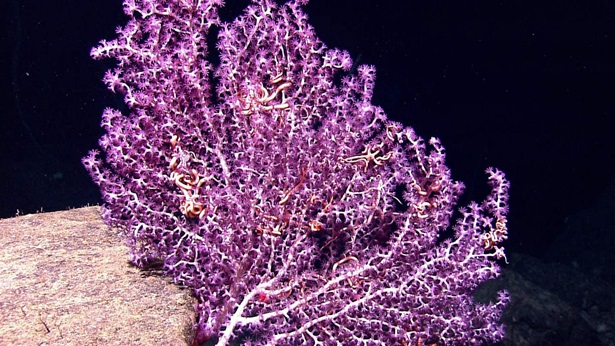
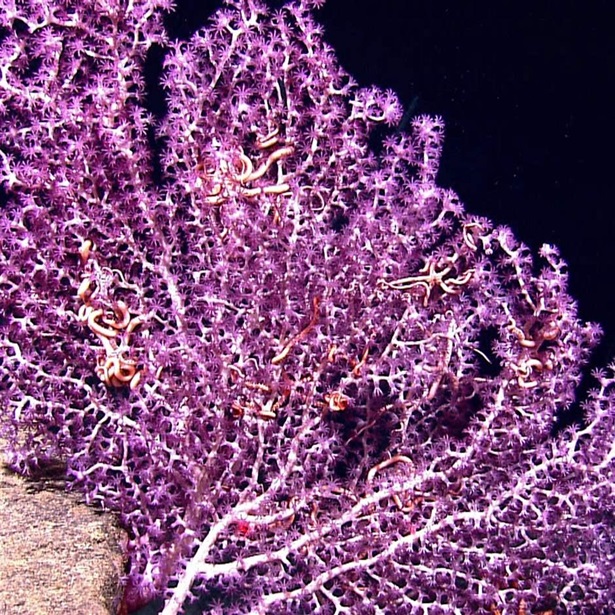
通往第一代公 海保护区之路
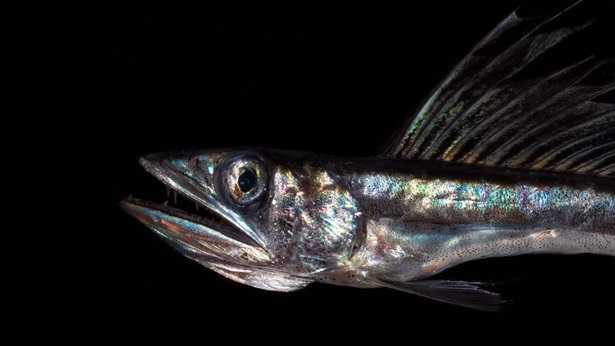
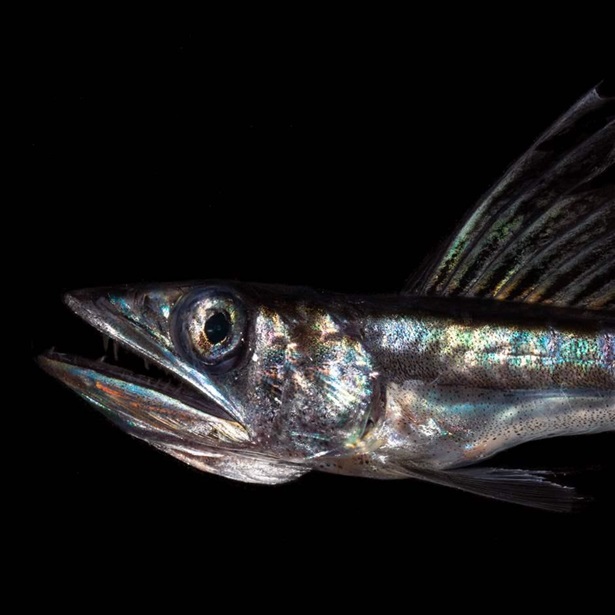
High Seas Treaty Must Reflect Critical Role of Fish in Ecosystems
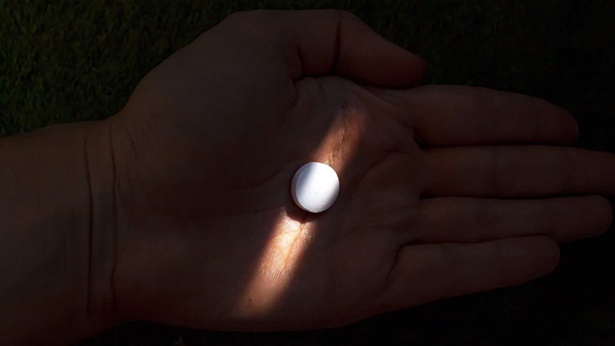
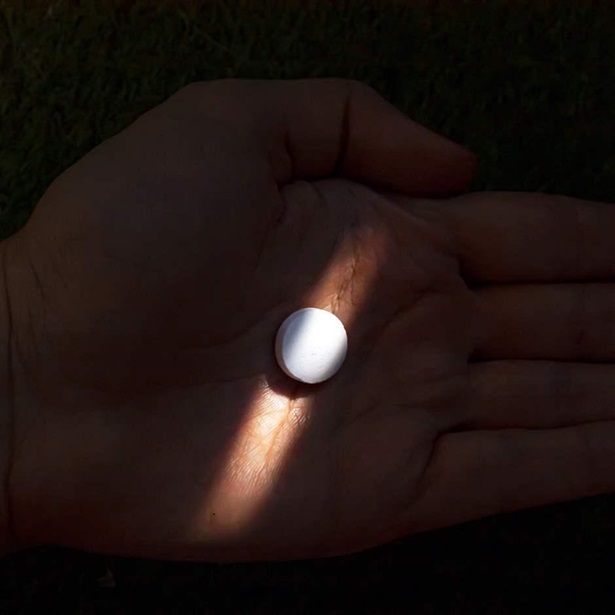
America’s Overdose Crisis
Sign up for our five-email course explaining the overdose crisis in America, the state of treatment access, and ways to improve care
Sign up

